While talent matters, the good news is we all learn at basically the same rate—and can “learn anything we want.”


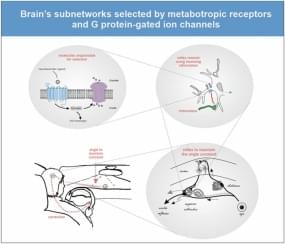
I am proud to announce that today came out probably my most important scientific paper. I propose a whole new paradigm in neuroscience. To understand the mind, synapses are not so important any more. Instead, critical are some other type of proteins on the neural membrane. These proteins have the capability to transiently select subnetworks that will be functional in the next few seconds or minutes. The paradigm proposes that cognition emerges from those transient subnetwork selections (and not from network computations of the classical, so-called connectionist paradigm). The proteins in question are metabotropic receptor and G protein-gated ion channels. Simply put, we think with those proteins. A result of a thought is a new state of network pathways, not the activity of neurons.
One can download the paper here:
Perhaps the most important question posed by brain research is: How the brain gives rise to the mind. To answer this question, we have primarily relied on the connectionist paradigm: The brain’s entire knowledge and thinking skills are thought to be stored in the connections; and the mental operations are executed by network computations. I propose here an alternative paradigm: Our knowledge and skills are stored in metabotropic receptors (MRs) and the G protein-gated ion channels (GPGICs). Here, mental operations are assumed to be executed by the functions of MRs and GPGICs. As GPGICs have the capacity to close or open branches of dendritic trees and axon terminals, their states transiently re-route neural activity throughout the nervous system. First, MRs detect ligands that signal the need to activate GPGICs. Next, GPGICs transiently select a subnetwork within the brain. The process of selecting this new subnetwork is what constitutes a mental operation – be it in a form of directed attention, perception or making a decision. Synaptic connections and network computations play only a secondary role, supporting MRs and GPGICs. According to this new paradigm, the mind emerges within the brain as the function of MRs and GPGICs whose primary function is to continually select the pathways over which neural activity will be allowed to pass. It is argued that MRs and GPGICs solve the scaling problem of intelligence from which the connectionism paradigm suffers.
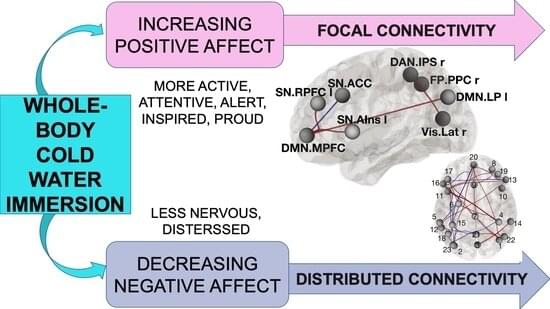
𝐅𝐨𝐫 𝐭𝐡𝐞 𝐟𝐢𝐫𝐬𝐭 𝐭𝐢𝐦𝐞, 𝐚 𝐭𝐞𝐚𝐦 𝐨𝐟 𝐫𝐞𝐬𝐞𝐚𝐫𝐜𝐡𝐞𝐫𝐬 𝐡𝐚𝐬 𝐨𝐛𝐬𝐞𝐫𝐯𝐞𝐝 𝐜𝐡𝐚𝐧𝐠𝐞𝐬 𝐢𝐧 𝐡𝐨𝐰 𝐝𝐢𝐟𝐟𝐞𝐫𝐞𝐧𝐭 𝐩𝐚𝐫𝐭𝐬 𝐨𝐟 𝐭𝐡𝐞 𝐛𝐫𝐚𝐢𝐧 𝐢𝐧𝐭𝐞𝐫𝐚𝐜𝐭 𝐰𝐢𝐭𝐡 𝐞𝐚𝐜𝐡 𝐨𝐭𝐡𝐞𝐫 𝐚𝐟𝐭𝐞𝐫 𝐚 𝐩𝐞𝐫𝐬𝐨𝐧’𝐬 𝐛𝐨𝐝𝐲 𝐢𝐬 𝐢𝐦𝐦𝐞𝐫𝐬𝐞𝐝 𝐢𝐧 𝐜𝐨𝐥𝐝 𝐰𝐚𝐭𝐞𝐫. 𝐓𝐡𝐞 𝐟𝐢𝐧𝐝𝐢𝐧𝐠𝐬 𝐞𝐱𝐩𝐥𝐚𝐢𝐧 𝐰𝐡𝐲 𝐩𝐞𝐨𝐩𝐥𝐞 𝐨𝐟𝐭𝐞𝐧 𝐟𝐞𝐞𝐥 𝐦𝐨𝐫𝐞 𝐮𝐩𝐛𝐞𝐚𝐭 𝐚𝐧𝐝 𝐚𝐥𝐞𝐫𝐭 𝐚𝐟𝐭𝐞𝐫 𝐬𝐰𝐢𝐦𝐦𝐢𝐧𝐠 𝐨𝐮𝐭𝐬𝐢𝐝𝐞 𝐨𝐫 𝐭𝐚𝐤𝐢𝐧𝐠 𝐜𝐨𝐥𝐝 𝐛𝐚𝐭𝐡𝐬.
During a research trial, the results of which are published in the journal Biology, healthy volunteers were given a functional MRI (fMRI) scan immediately after bathing in cold water. These scans revealed changes in the connectivity between the parts of the brain that process emotions.
For the first time, a team of researchers has observed changes in how different parts of the brain interact with each other after a person’s body is immersed in cold water. The findings explain why people often feel more upbeat and alert after swimming outside or taking cold baths.
The research team from the University of Portsmouth, Bournemouth University and University Hospitals Dorset (UHD) recruited 33 volunteers for the trial.
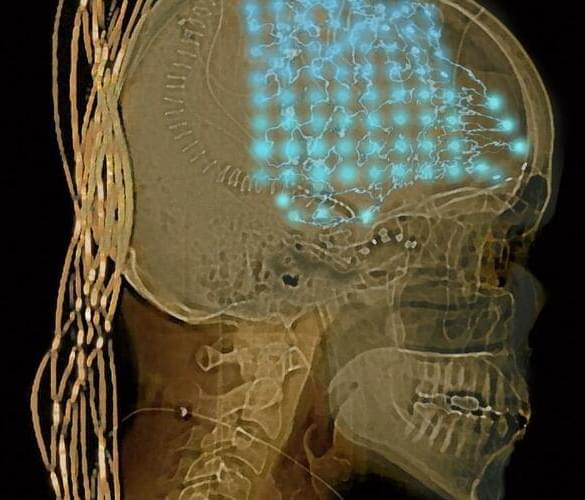
Dr. Loren Mosher, in an interview for “Changing Our Minds” (http://www.changingourmindsmovie.com for complete DVD), a documentary on mental health, talks about the Soteria project, a long term study on alternative, non-neuroleptic drug treatments for schizophrenia. Purchase the complete DVD at http://www.changingourmindsmovie.com
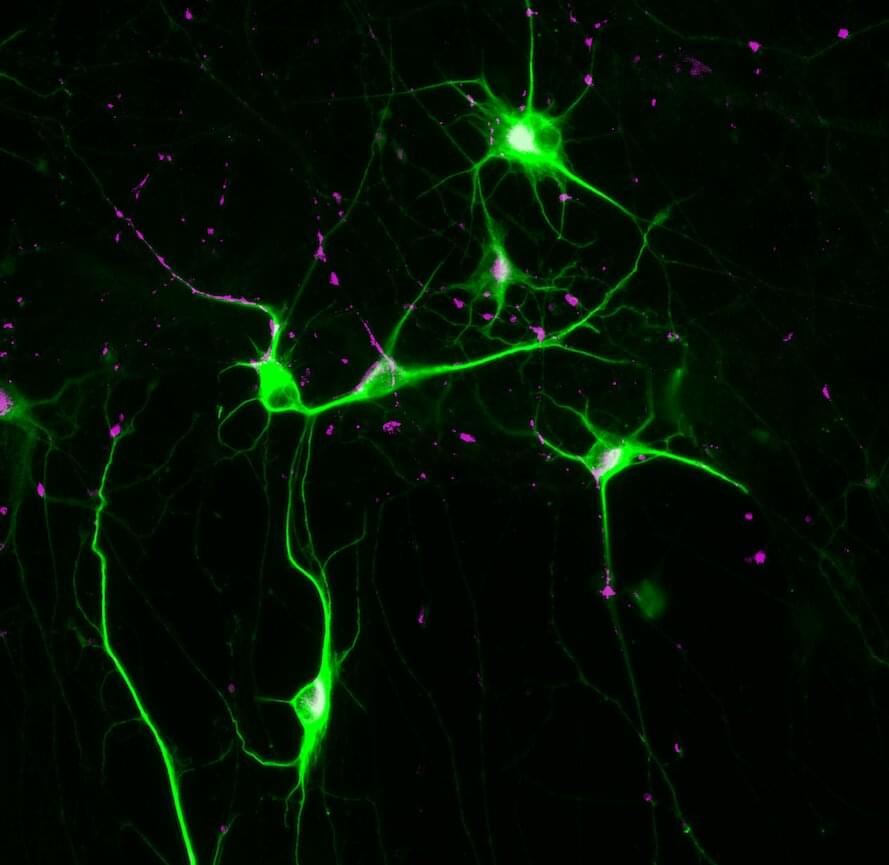
Targeting calcium signaling in neurons represents a promising therapeutic approach for treating a rare form of schizophrenia, according to a Northwestern Medicine study published in Biological Psychiatry.
“This is the first time that human neurons are made and characterized from schizophrenia patients with the 16p11.2 duplication, one of the most prominent genetic risk factors in schizophrenia, and the first time that calcium signaling is found as a central abnormality in schizophrenia neurons,” said Peter Penzes, Ph.D., the Ruth and Evelyn Dunbar Professor of Psychiatry and Behavioral Sciences and senior author of the study.
Schizophrenia is characterized by auditory and visual hallucinations, delusions, and trouble with forming and sorting thoughts, which severely impacts productivity and overall quality of life. The disease, which affects roughly one percent of the general population, has strong genetic associations, however the exact genes involved are unknown.
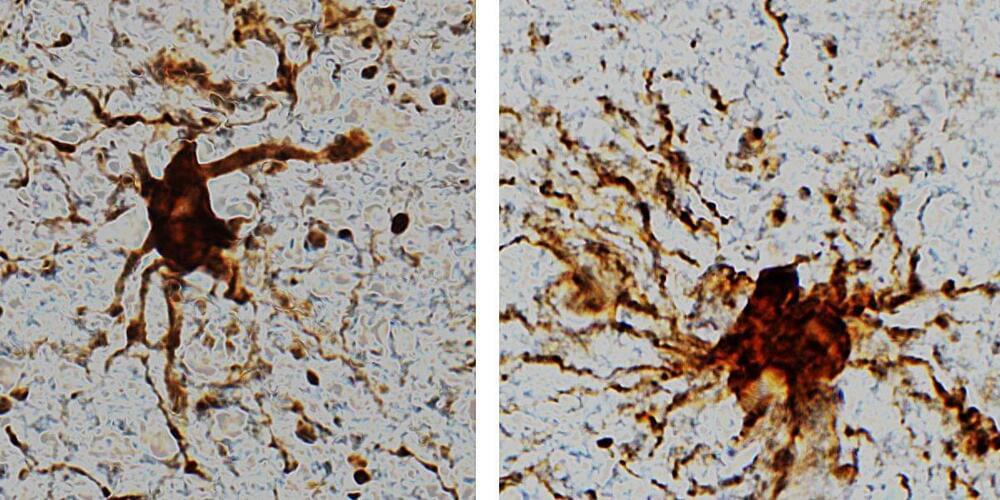

A Quebec hospital adopts a novel use of VR to help patients with anxiety, phobias and pain.
In a newswire release today, the Fondation de l’Hôtel-Dieu d’Alma (the Alma Hospital Foundation) announced the launch of a virtual reality (VR) project aimed at improving the mental health of those experiencing increasing anxiety. The Alma Hospital is a regional health centre for the area of Lac St. Jean and the Saguenay River valley to the north of Quebec City.
Jean Lamoureux, the hospital’s Executive Director states, “The number of requests for mental-health consultations is estimated to have increased by 30 to 40 percent during the pandemic. These needs are urgent…and, thanks to the innovation of Paperplane Therapeutics and TELUS, we will transform the way health services are delivered, while having a significant positive impact on patient well-being through technology.”
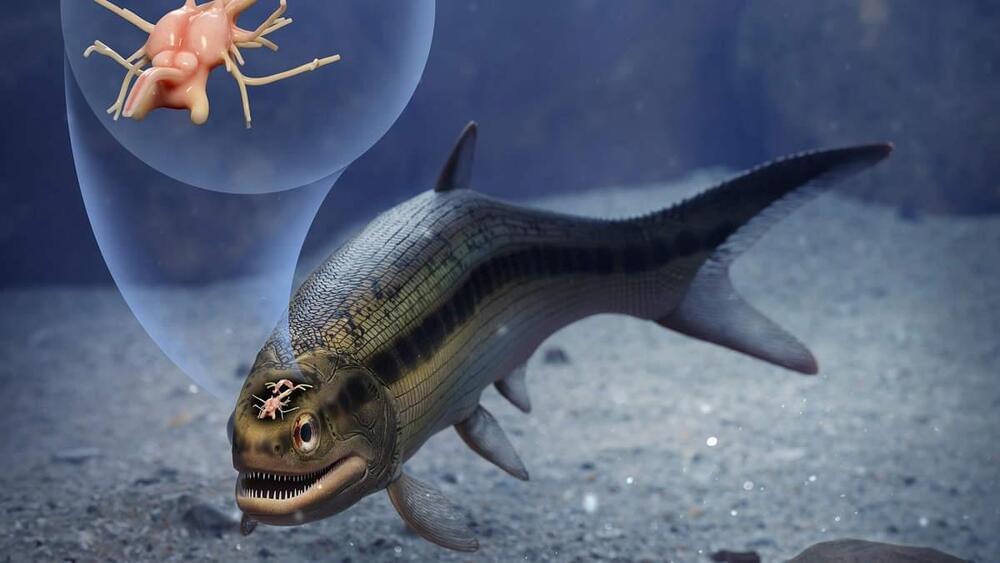
Very old brain, some ancient philosophy maybe…
A fossilised fish originally dug up more than a century ago in an English coal mine has been shown to hold the world’s oldest brain in a vertebrate animal.
CT scans revealed the new internal features including a brain and cranial nerves about 2 centimetres long.
Soft tissue such as internal organs decay very quickly and very rarely fossilise.
Advancing Geroscience & Gerotherapeutics — Dr. Nir Barzilai, MD, Albert Einstein College of Medicine.
Dr. Nir Barzilai, MD (https://www.einsteinmed.edu/faculty/484/nir-barzilai/) is the Director of the Institute for Aging Research at the Albert Einstein College of Medicine and the Director of the Paul F. Glenn Center for the Biology of Human Aging Research and of the National Institutes of Health’s (NIH) Nathan Shock Centers of Excellence in the Basic Biology of Aging. He is the Ingeborg and Ira Leon Rennert Chair of Aging Research, professor in the Departments of Medicine and Genetics, and member of the Diabetes Research Center and of the Divisions of Endocrinology & Diabetes and Geriatrics.
Dr. Barzilai’s research interests are in the biology and genetics of aging, with one focus of his team on the genetics of exceptional longevity, where they hypothesize and demonstrate that centenarians (those aged 100 and above) may have novel protective genes, which allow the delay of aging or for the protection against age-related diseases. The second focus of his work, for which Dr. Barzilai holds an NIH Merit award, is on the metabolic decline that occurs during aging, and his team hypothesizes that the brain leads this decline with some very interesting neuro-endocrine connections.
Dr. Barzilai is currently leading an international effort to approve drugs that can target aging (Gerotherapeutics). Targeting Aging with METformin (TAME) is a specific study designed to prove the concept that a basket of diseases (multi-morbidities) of aging can be delayed simultaneously, in this protocol by the drug metformin, working with the FDA to approve this approach which will serve as a template for future efforts to delay aging and its diseases in humans.
Dr. Barzilai has received numerous grants, among them ones from the National Institute on Aging (NIA), American Federation for Aging Research, the Ellison Medical Foundation and The Glenn Medical foundation. He has published over 280 peer-reviewed papers, reviews, and textbook chapters. He is an advisor to the NIH on several projects and serves on several editorial boards and is a reviewer for numerous other journals.